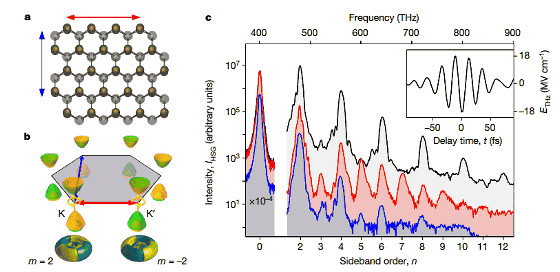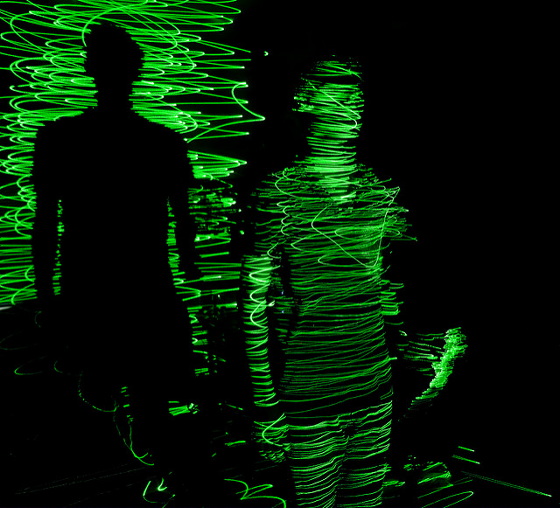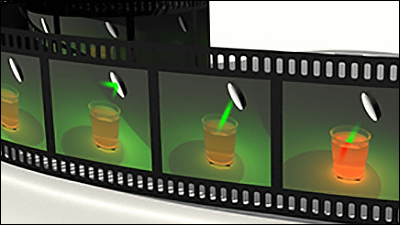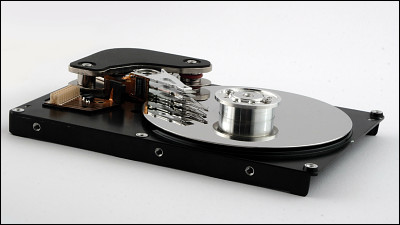Laser light makes computer operation one million times faster

ByMeins Photography
For CPUs at the heart of smartphones and PCs, digital signals of 0 and 1 are processed more than 1 billion times per second. Even in such a state, various things can be thought as "this smartphone, slow in operation ...", but by using "laser light" newly, it is possible to operate one million times faster than the conventional processor New technology showing sex is being developed.
Lasers Could Make Computers 1 Million Times Faster
https://www.space.com/40622-laser-computer-speed-quantum.html
This research has been advanced by a research team at Michigan College of Engineering University. In the team, we have created the foundation of technology that can create states of 0 and 1 very fast by irradiating a special structure made in a hexagonal lattice with pulses of light by laser light.
How much that "high speed" is, the number of times that can be rewritten in one second is "1 × 10 15 times". When arranging the numbers, it is "1,000,000,000,000,000", and if expressed in Japanese digits, it becomes a tremendous unit of "one thousand times per second". This means that it will be possible to achieve 1 million times faster performance than modern processors.
In this experiment, the bit states of 0 and 1 are reproduced by irradiating the infrared laser light in a pulsed manner at high speed on a lattice in which the atoms of tungsten and selenium are alternately arranged to form a honeycomb shape . At this time, it is "the position of the track of the electron" that reproduces the bit state.
In most molecules, electrons in the orbit surrounding the atom are stimulated and excited state (Excited state), It changes to the state of multiple quantum states "pseudo spin". This means that there are a plurality of electronic orbiting tracks surrounding an atom and it is sufficient to image that the excited electron jumps to the next track. When it is not excited, the electrons stay close to the molecule and stably circulate. However, receiving a stimulus such as laser light will excite the electrons, it will be necessary to move to the usual outer track and consume that energy.

The lattice of tungsten and selenium has only two tracks into which this excited electron can enter. When irradiating this lattice with pulsed laser light of a certain orientation, electrons enter one track, and when irradiated with laser light of another orientation, it will move to the other track this time. Then, theoretically it becomes a digital signal that reproduces 0 and 1 depending on which track has electrons.
At this time, it took 1 femtosecond (1000 trillionths of a second) for the electrons that were excited and moved to another track to return to the original track again. Utilizing this, we can create a state such as "1-0-0-1-0-1-1-0-0-0-1" depending on the timing of giving the pulse, and use it for the information handled by the computer It will be possible. And the fact that this operation is extremely fast is the foundation that a new "laser computer" can operate at super high speed.
The research team also shows the possibility that this grid can be used for "cold temperature quantum computing". In general, a quantum computer needs to be cooled down to nearly absolute zero in order to shut out the noise of electrons, and there are still a lot of tasks left for practical use. However, this research team suggests that it is theoretically possible to excite the electrons in this lattice into "superposition" states of 1 and 0.
Although it seems that it will take time to actually form a new type of computing device using laser light, it jumps from the modern computer technology whose "Moore's Law" has reached the limit to the next step There is a possibility of becoming a technology for up.

Related Posts:







